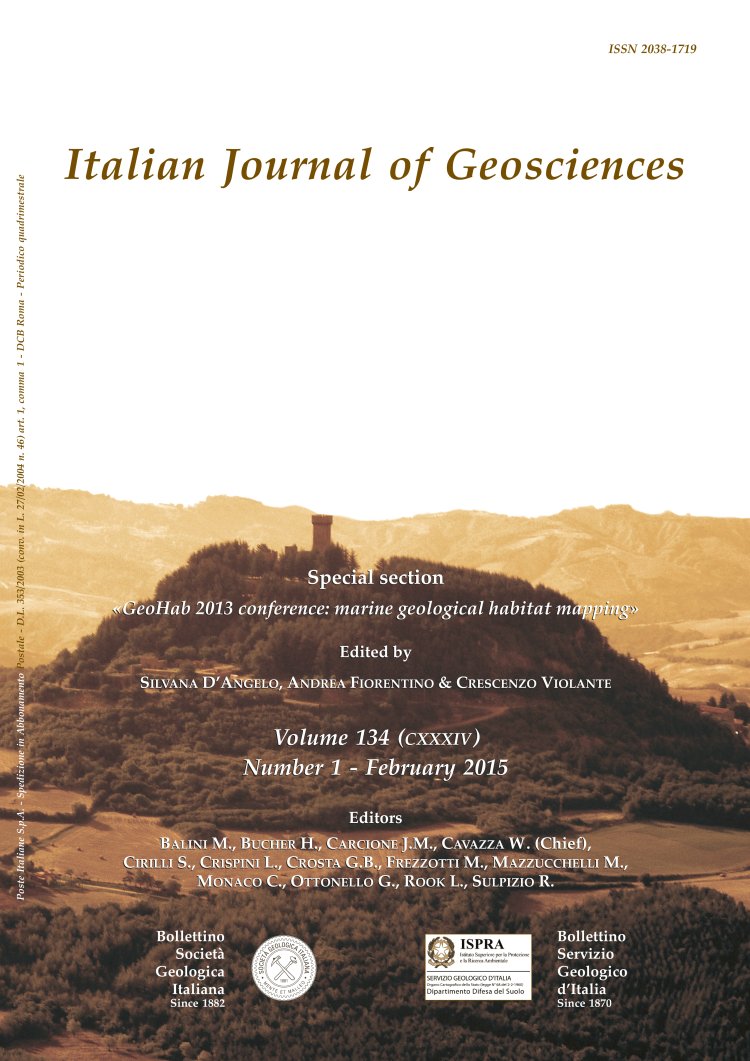
Characteristics of Clays Stabilized with Lime-Silica Fume Mix
Mohammed Y. Fattah (*), Àamal A. Al-Saidi (**) & Maher M. Jaber (**)
(*) Professor, Building and Construction Engineering Department, University of Technology, Baghdad, Iraq. Email: myf_1968@yahoo.com
(**) Civil Engineering Department, College of Engineering, University of Baghdad, Iraq.
DOI: https://doi.org/10.3301/IJG.2014.36
Volume: 134 (2015) f.1
Pages: 104-113
Abstract
Lime has been extensively used to improve the strength of finegrained soils. The presence of sulphate in soils causes abnormal volume changes in lime stabilized soil. The addition of lime converts the soil to a rigid soil mass, the particles of which are strongly bound by pozzolanic cementitious compounds formed by reactions with soil silica and lime in the presence of water.
In this study, lime, silica fume, and lime-silica fume have been used for stabilizing and considering their effects on the soft clay soil. A grey-colored densified silica fume (SF) is used. It is a pozzolanic material which has a high content of amorphous silicon dioxide and consists of very fine spherical particles. Lime reacts with soft clay to produce decreased plasticity, increased workability, and increased strength. Three percentages are used for lime (2%,4% and 6%) and three percentages are used for SF (2.5%, 5%, 10%) and the optimum percentage of SF is mixed with the percentages of lime. Several tests are made to investigate the soil behavior after adding the L or SF. The curves of grain size distribution are shifted significantly to the coarser side as the lime and SF percentage increases; the soil becomes more granular. From the unconfined compression test, the optimum percent of L-SF was 4% L and 5% SF. There is an optimum lime content beyond which the strength gain may be marginal. Also, in certain cases the strength gain may be too slow to meet the requirements.
Keywords
Get Full Text